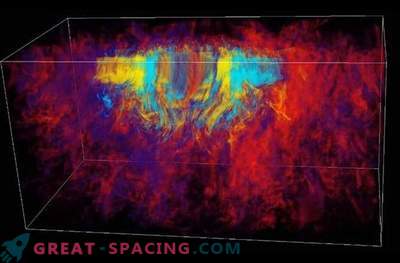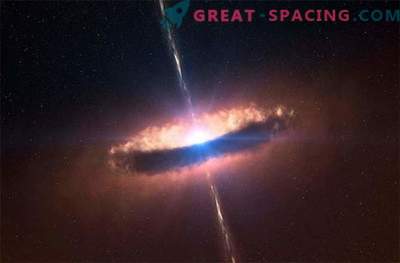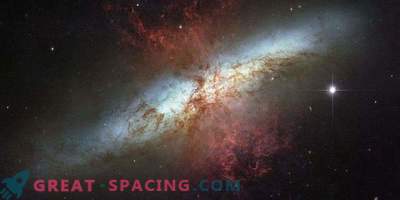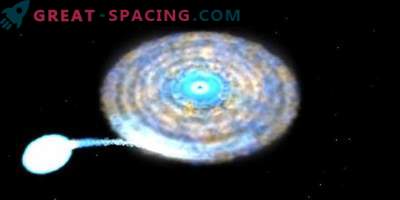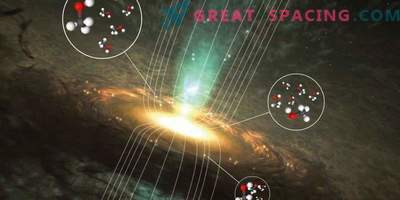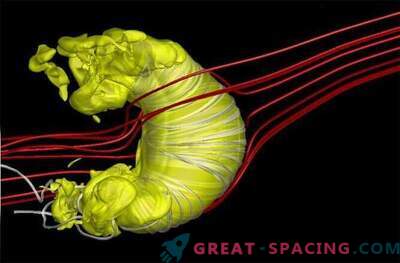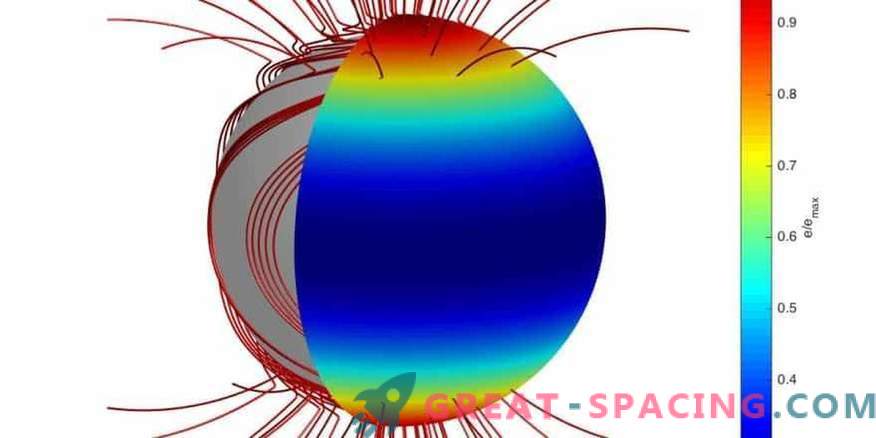
Tightly twisted magnetic field used as the initial state in the model
The study of the evolution of magnetic fields inside neutron stars shows that instabilities are capable of creating powerful magnetic hot points that have managed to persist for millions of years. This continues after the star's total magnetic field decays.
When a massive star spends internal nuclear fuel and collapses under the pressure of its own gravity (supernova explosion), a neutron star may appear in its place. These are extremely dense objects with a radius of 10 km, but 1.5 times more massive than the Sun. Endowed with powerful magnetic fields and rotate rapidly (some reach 100 revolutions per second).
When creating models of magnetic fields of neutron stars, they use the presence of the north and south poles, reminding the earth situation. But the simple “dipole” model does not explain the mysterious aspects of neutron stars. For example, why are some parts of the surface hotter than the average temperature?
To understand this, scientists used the ARC supercomputer at the University of Leeds. They launched a numerical simulation, which allows to understand how complex structures are formed during the development of a magnetic field inside a neutron star. It is important to understand that the newborn neutron star does not rotate evenly - different parts have different speeds. Because of this, the magnetic field is stretched. It is devoid of stability and spontaneously generates nodes that appear on the surface, forming spots. The latter create strong electrical currents that produce heat.
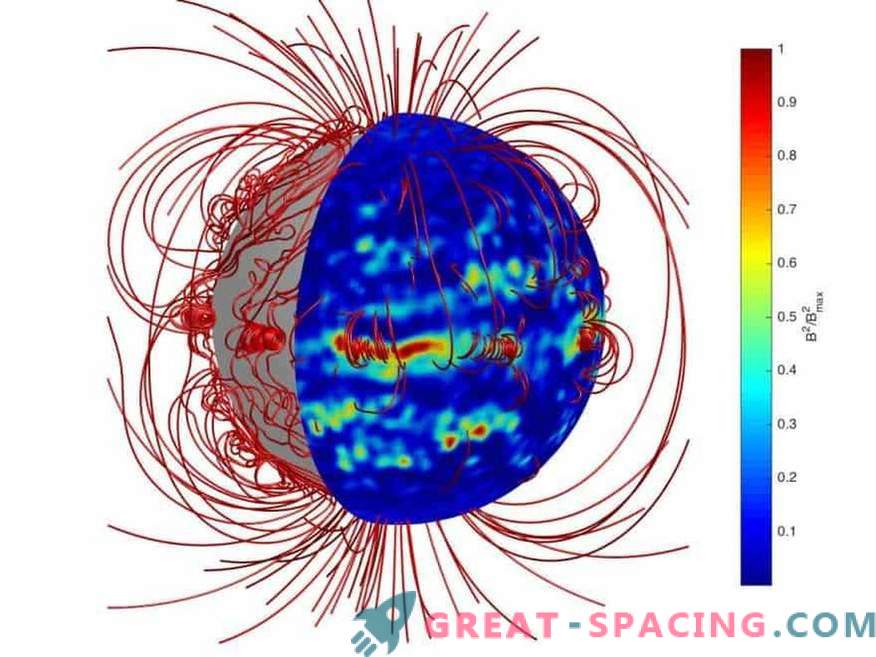
The structure of the magnetic field after a state of instability, which leads to the formation of nodes and magnetic spots
The model shows that it is possible to create a magnetic spot with a radius of several kilometers and a magnetic field strength of more than 10 billion Tesla. The point will last several million years even after the collapse of the magnetic field of a neutron star.
The study will be useful to study some of the oddities of neutron stars. For example, you can now better understand the bizarre behavior of some magnetars, among which SGR 0418 + 5729. It has a low speed of rotation and a weak large-scale magnetic field. However, he continues to spew high-energy rays.
